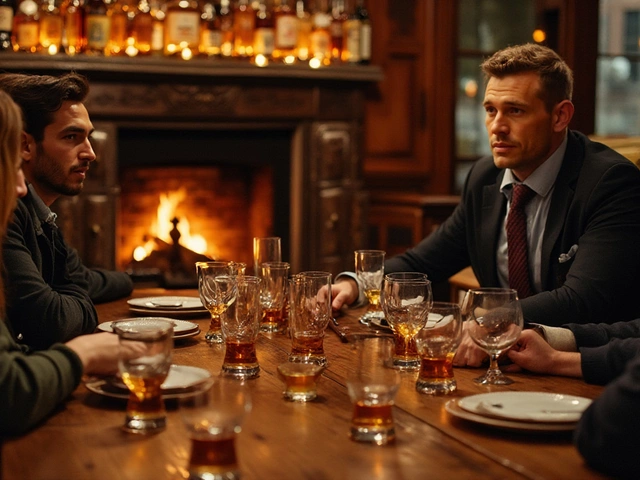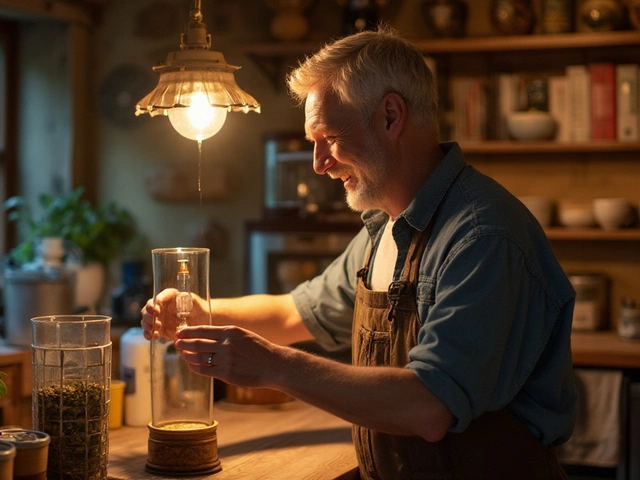Distillery Tours: How to Get the Most Out of Every Visit
If you love the smell of copper stills and the sound of barrels rolling, a distillery tour is a must. But too often people show up, sip a sample, and leave without learning much. Below are the simple steps that turn a regular walk‑through into a memorable experience, whether you’re chasing whisky, gin, or craft rum.
Plan the Basics Before You Go
First, check the distillery’s website for booking policies. Some places require a reservation weeks in advance, especially on weekends. Look for tour lengths that fit your schedule—30‑minute quick looks, 2‑hour deep dives, or half‑day master classes. If you have dietary restrictions, ask if they serve food or have a designated tasting area. Finally, see if they charge a fee; many waive it if you buy a bottle.
What to Expect on the Tour
Most tours start with a brief history, then move to the production floor. You’ll see mash tuns, stills, and aging warehouses. Pay attention to the differences between pot stills and column stills—they produce distinct flavors. When the guide talks about fermentation time or barrel types, ask how those choices affect the final spirit. Knowing the basics helps you connect the dots between what you see and what you taste later.
During the tasting segment, sip slowly and note three things: aroma, taste, and finish. Swirl the glass, inhale, then take a small sip. Does it smell fruity, smoky, or spicy? On the palate, is it sweet, dry, or oily? The finish tells you how long the flavors linger. Jot down quick notes; they’re handy when you decide which bottle to buy.
Don’t skip the Q&A. A good guide welcomes questions about ingredients, water sources, or sustainability efforts. You might learn that a distillery uses locally grown barley or recycles heat from the still. Those details make the spirit feel more personal and can guide future purchases.
After the official tour, explore the gift shop with a plan. Look for limited‑edition releases, travel‑size bottles, or accessories like branded glassware. If a particular spirit caught your eye, ask the staff for tasting notes or food pairing ideas. Many shops also offer discounts when you buy a case, so it’s worth asking up front.
Finally, think about safety and responsible drinking. Hydrate between tastings, and never drink on an empty stomach. If you’re driving, consider a designated driver or a rideshare. Some distilleries even provide non‑alcoholic alternatives for those who prefer to stay clear‑headed.
With these tips, your next distillery tour will feel less like a quick stop and more like a deep dive into the world of spirits. You’ll walk away with stories, knowledge, and maybe a new favorite bottle to add to your shelf.
Among the world's celebrated gins, Tanqueray has stood as a beacon for gin lovers due to its rich history and exquisite flavors. This article delves into the different varieties of Tanqueray Gin, exploring their unique characteristics and popularity. It's a guide for enthusiasts looking to deepen their appreciation of each variant while offering insight into the brand's historical context. We'll also uncover some secrets behind Tanqueray's timeless appeal that have made it a favorite for nearly two centuries.
View Details

